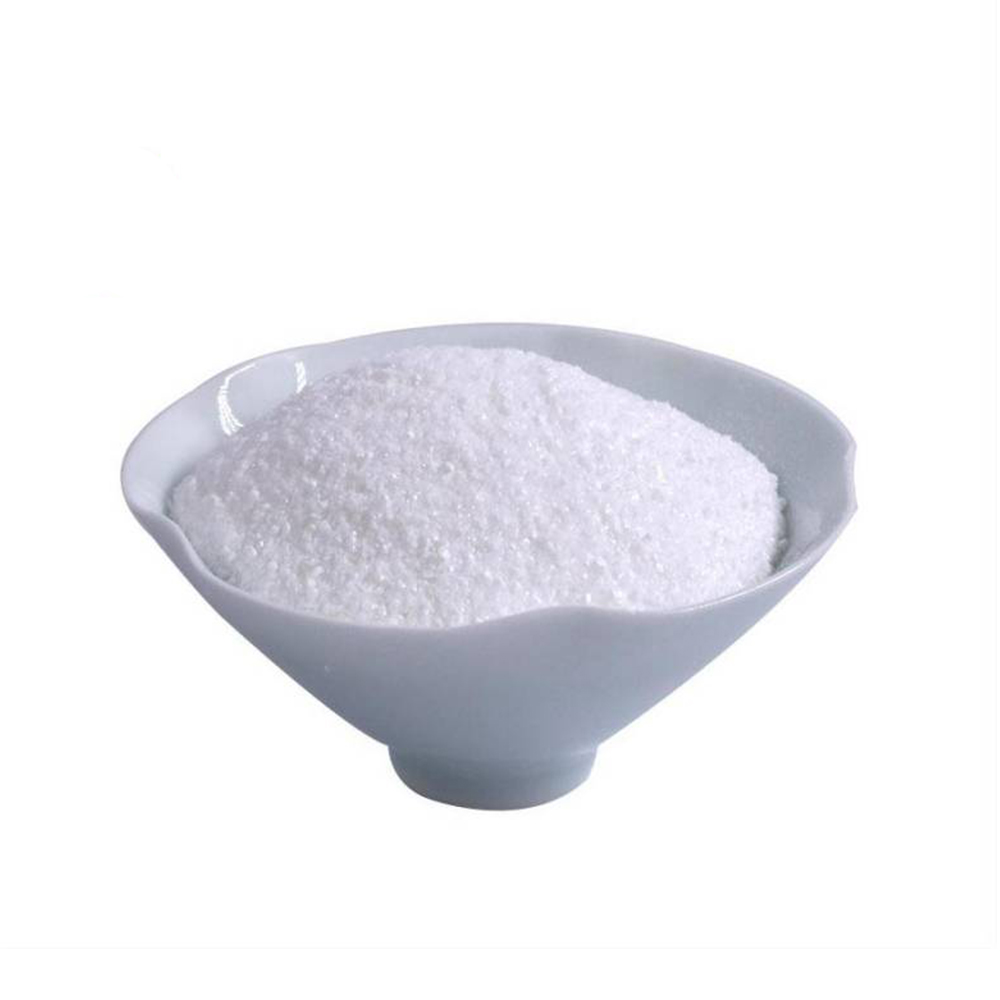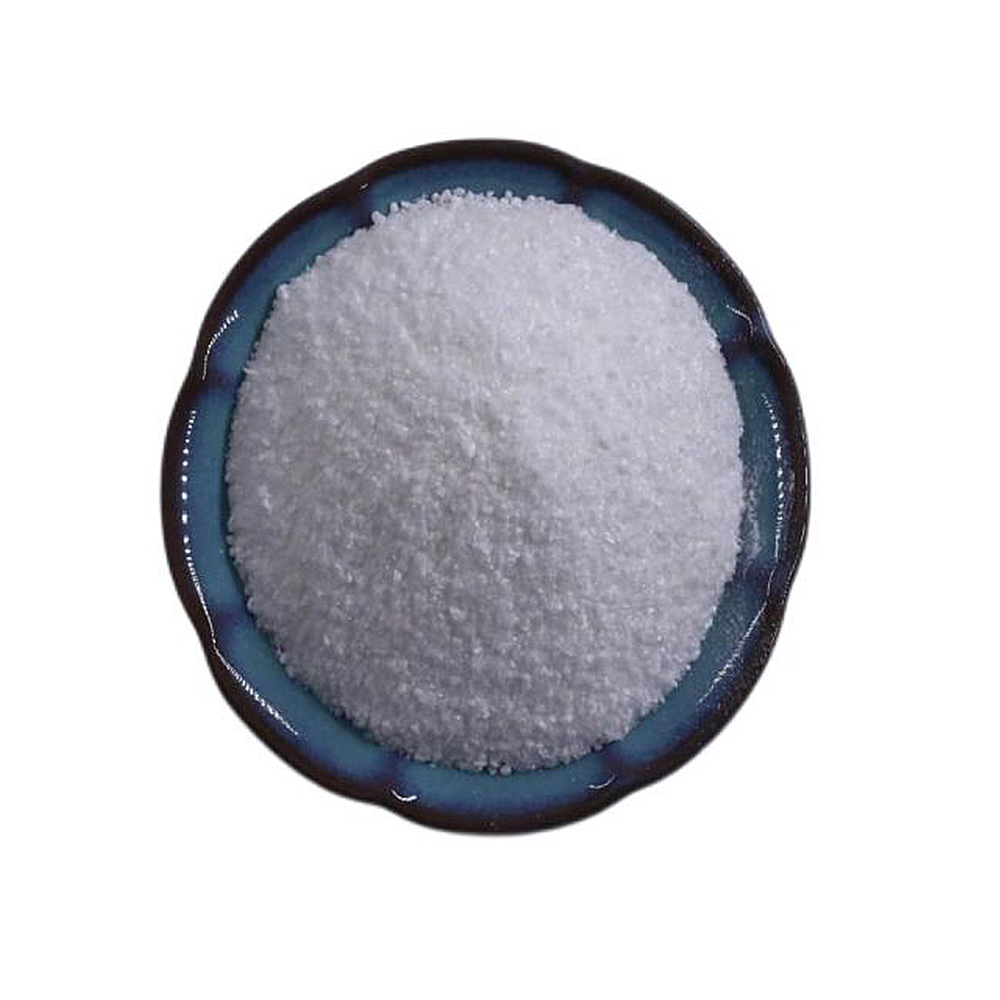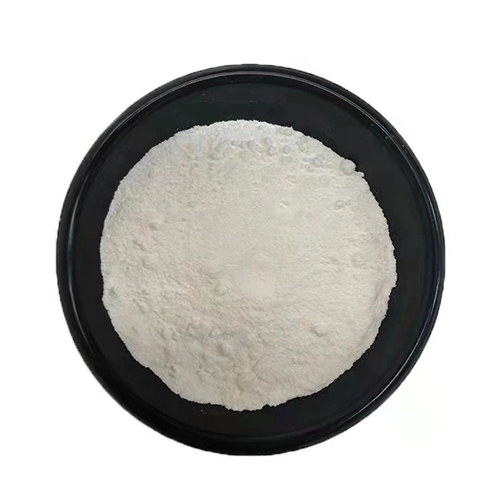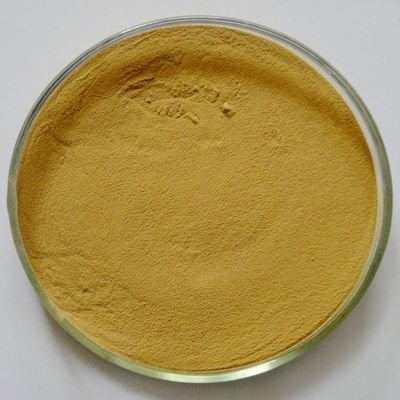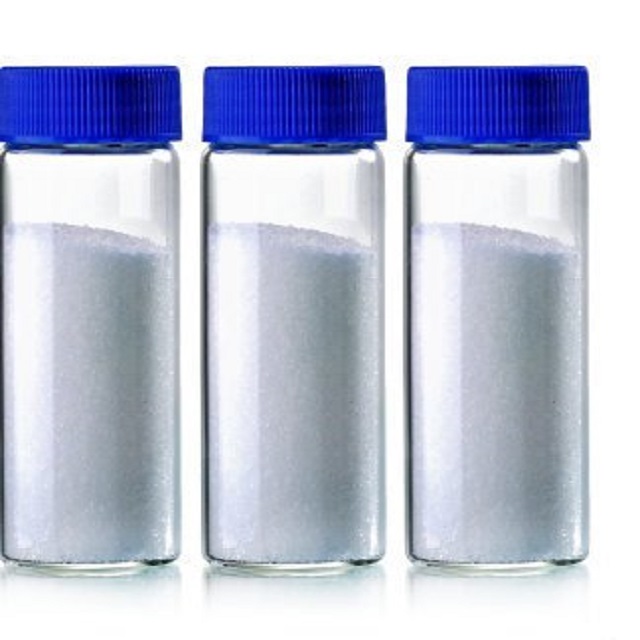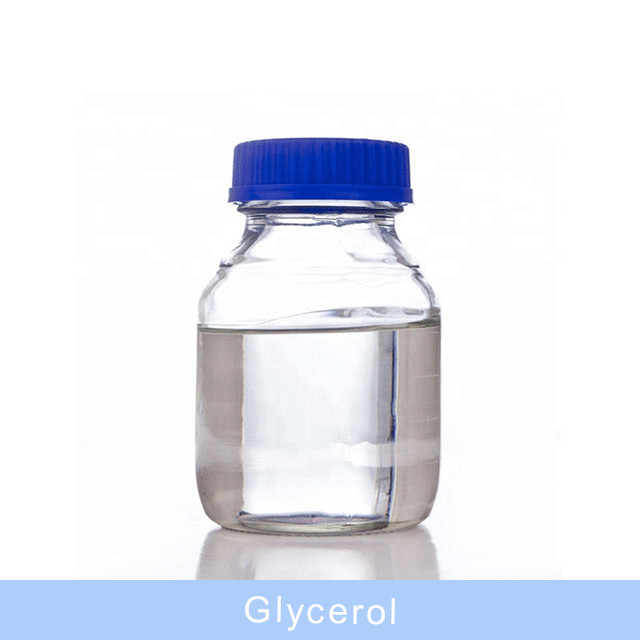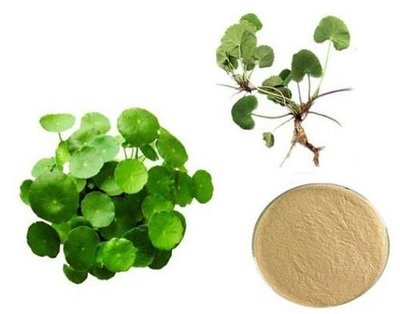Trehalose
Trehalose is mainly divided into three types: α, α-trehalose, α, β-trehalose and β, β-trehalose. It exists in molds, algae, dry yeast, ergot, etc., and can also be synthesized artificially. It has the special function of preserving biological vitality and can effectively protect the structure of cell membranes and proteins, so that organisms can remain moist in cells under abnormal conditions such as high-temperature dehydration (drying, high osmotic pressure) and freezing, preventing cells from losing nutrients and causing cell damage due to water loss. In addition, trehalose in vitro also has the characteristics of stabilizing biological membranes and protein structures. It is used internationally to protect genetically engineered enzymes, various viruses, vaccines, antibodies, protein factors, nucleic acids, etc. At the same time, as a stabilizer and protective agent for bioactive substances, it has broad application prospects in food, health products, cosmetics, medicine, molecular biology and agriculture.
Related products
-
Cosmetic Grade
6-Gingerol
-
Cosmetic Grade
Botulinum toxin BTX
-
Cosmetic Grade
Glycerol
-
Cosmetic Grade
Asiaticoside


